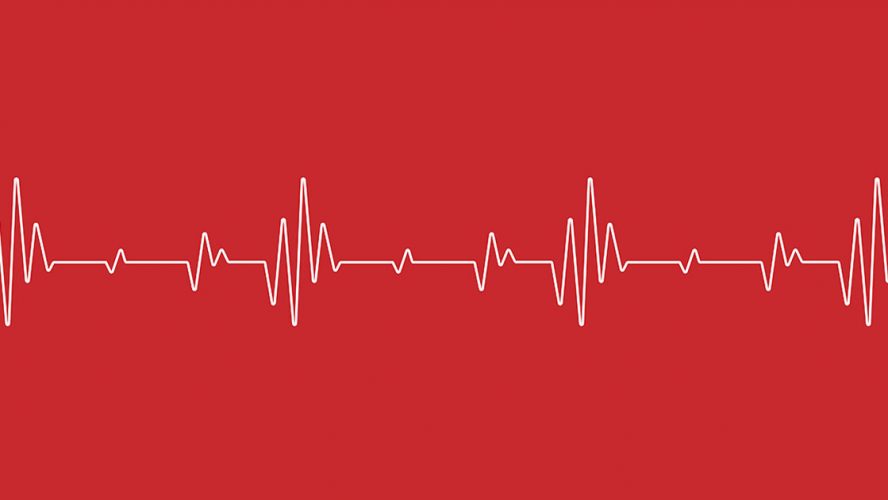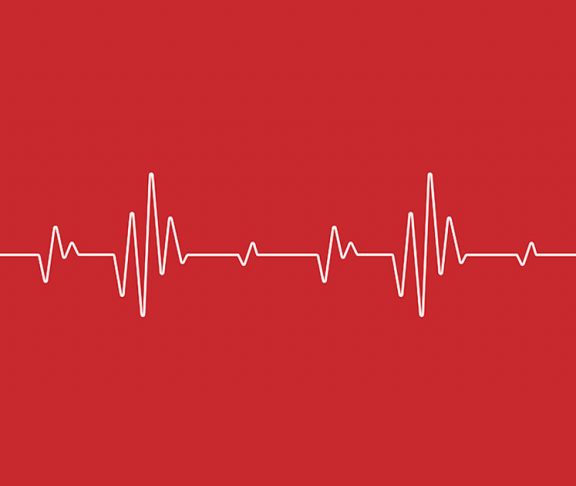“You can advance science and technology all you want. At the end of the day, it’s all about people.”

Dr. Matias Nordaby
Associate Medical Head for Heart Failure, Boehringer Ingelheim
Germany
These are the impactful words of Dr. Matias Nordaby, a cardiologist who is used to caring for heart patients, and is now also active on patient education and advocacy as an essential part of that care. Following in his father’s footsteps — himself a cardiologist in the days preceding echocardiography as we know it — Dr. Nordaby’s passion for medicine is palpable.
In his father’s time, the phonocardiogram was state-of-the art technology that helped doctors examine heart function by generating visually graphed representations through the audible clicks and sounds of the heart and blood flow.
Despite advances in heart care and increasing awareness, lingering inertia about going to see a doctor combined with resistance to change are among the obstacles to better heart health outcomes. Since the days of the first pacemaker or first echocardiogram, we now have digital health technologies, such as implantable cardioversion devices that record heart activity. Even a simple smartphone can aid in tracking heart health and become an important monitoring tool.
Access and affordability are crucial, but so is training that helps patients be more comfortable with digital devices doubling as health support tools.
Prevention
With cardiovascular disease killing more than 18 million people every year, we asked Dr. Nordaby if we are really doing enough on the prevention front.
“We’re doing better, but there’s so much room for improvement,” he said. “Often, I felt swamped by the system, under pressure to see as many patients as possible. Good specialists are critical, but we need more nurses and a strong education component to help heart patients take the first steps in self-care after diagnosis. Nurses are our eyes and ears — administering medicine, taking blood pressure, and offering support as we move on to see another patient.”
Heart disease is progressive, debilitating and lethal if it goes unchecked. The initially diagnosed can find it overwhelming. Working to drive patient advocacy relations as part of the team at Boehringer Ingelheim means having open discussions about knowledge gaps and needs.
Patient-targeted material needs to be developed and constantly refined. It is also about asking patients to participate in the decisions that affect their health. This is the space where caregiver and patient meet, where science and policy intersect, and then “it becomes a joint journey.”
And Dr. Matias’ first first two priorities if he was a Minister of Health?
“Education and infrastructure are investment gaps we must fill urgently,” he said. “Dealing with the heart health crisis is not a one-year fix, and we need ground-breaking change as a global community.”
Read more Heart Hero stories at world-heart-federation.org/world-heart-day/heart-hero/, and find World Heart Day media assets and more resources at world-heart-federation.org/world-heart-day/.

